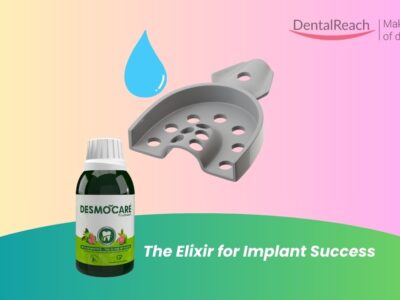There has always been a critical missing piece in dental education. We have not upgraded some of our techniques since ages according to modern engineering principles.
It is important to understand that the level of engineering in the era of G V Black was nothing like today. The Black’s Class II is nothing but a Mortis and Tenon interface, commonly used in cabinetry making.
There are four basic points which have undergone drastic changes since the era of G V Black.

Dentistry and Modern Engineering
It is important to understand that the multiple cusped teeth are naturally put into tension. To add to this, the traditional teeth preparations further complicate the already tenuous engineering problem.
The human tooth is a naturally brittle complex. When a traditional Class I or Class II preparation is loaded thousands of times, the resultant cyclic fatigue further weakens the already brittle tooth structure. It is important to understand here that adhesive bonding alone cannot lessen the gravity of this ongoing weakening process.
Thus, it can be concluded that our traditional cavity preparations and even our classic endodontic access are not up to the mark according to modern engineering perspectives.
The Effect of Fluoride and Abundant Fermentable Carbohydrates
There has been a change in diet pattern in modern times as compared to Black’s era. The diet prevalent in today’s era is more of a carbohydrate laden type of diet.
Also because of increase in use of fluoride, teeth barely show cavitated lesions on outside but there is a high level of infected dentin internally.
The Importance of C-Factor
An important factor to reduce polymerisation tensions is the cavity configuration factor ie, ratio of the adhesion area to the free area.
Additionally, the large areas of enamel rod engagement at 90° to the enamel rod openings are a more logical adhesive situation than dentin bonding with high C-Factor and tension as the composite shrinks away from the cavity walls in the 2 preparations.
Adhesion
Adhesion alone has not seemed to provide predictable long-term success in posterior teeth. Composite restorations are falling out of slot preps. This is the reason why we are dependent on mechanical retention even for adhesive materials.
It is important to understand that there is a difference between enamel cohesion and dentin adhesion. Traditional retentive (Black and slot) cavity preps unfortunately maximise dentin engagement and minimise enamel engagement.
Thus, Class II composite preparations has many weak points leading to increased failure rate which warrants a new, simplified approach which to achieve long lasting composite restorations.
Is composite a good alternative to traditional amalgam restorations? Can some novel new adhesive, filler particle, resin chemistry or combination make up for the weakness? Let’s see what this modern engineered dentistry has in store for us!




















Comments